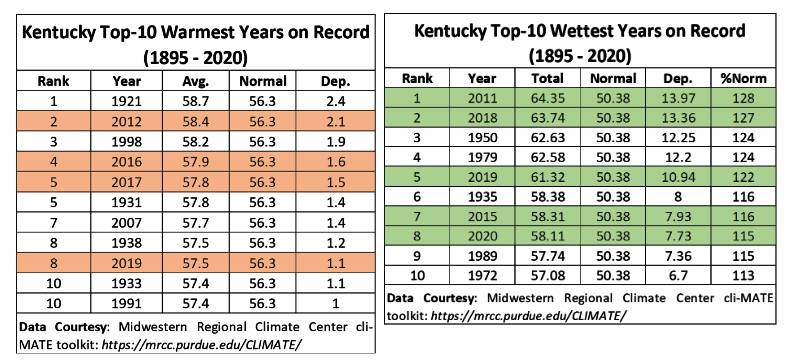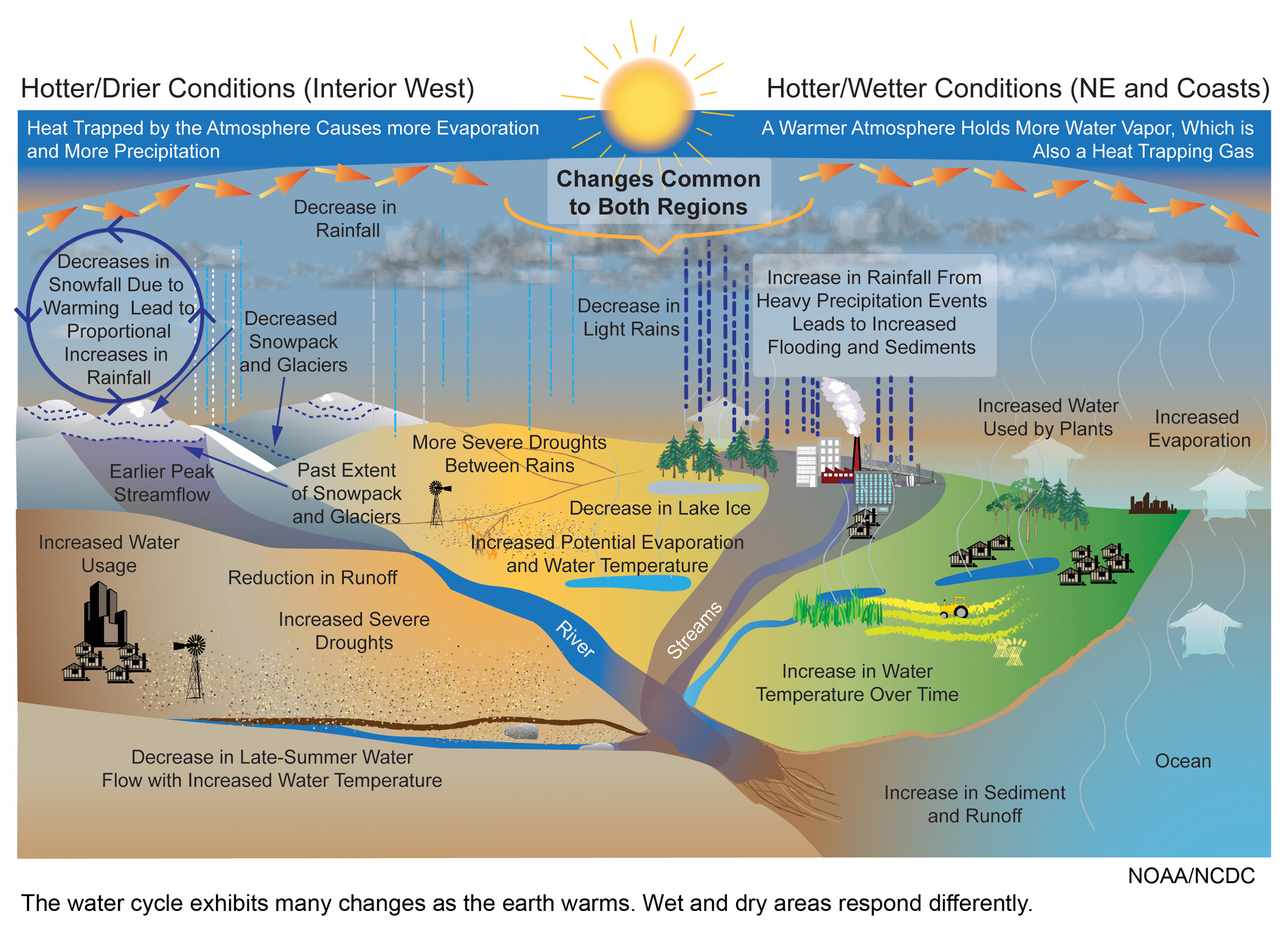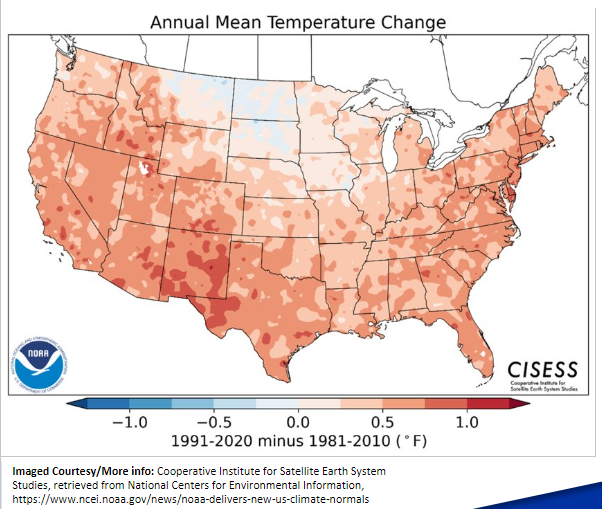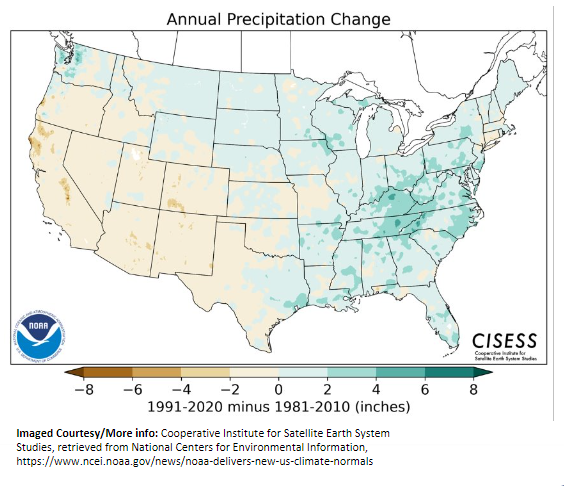What is Climate Change and how does it impact Kentucky?

Kentucky Climate-Related Risks & Opportunities
We see the extreme effects and risks associated with our changing climate in the news and in our communities, both on a local and global scale. But with risk also comes opportunity. By educating ourselves and our communities, we’ll be better prepared to take active steps toward building a more resilient future - together. Kentucky is home to a diverse landscape of seven ecoregions, which in turn support a broad set of industries and agriculture (e.g., beef cattle, bourbon, equine, forestry, manufacturing, and row crops). Our ecoregions and our industries are at risk from a changing climate and an increased likelihood of extreme weather events.
The commonwealth has experienced 31 severe storms or flood related natural disasters in the past 20 years (FEMA, 2023) and significant increases in precipitation, with annual rainfall averaging 7.4” above the long-term average (1895-2020) since 2011. In addition to increased frequency and intensity of extreme precipitation or drought, climate change is expected to favor many insect pests, making habitats more suitable for invasive species (Deutsch et al., 2018; Schneider et al., 2022) and increasing the risk of various diseases.
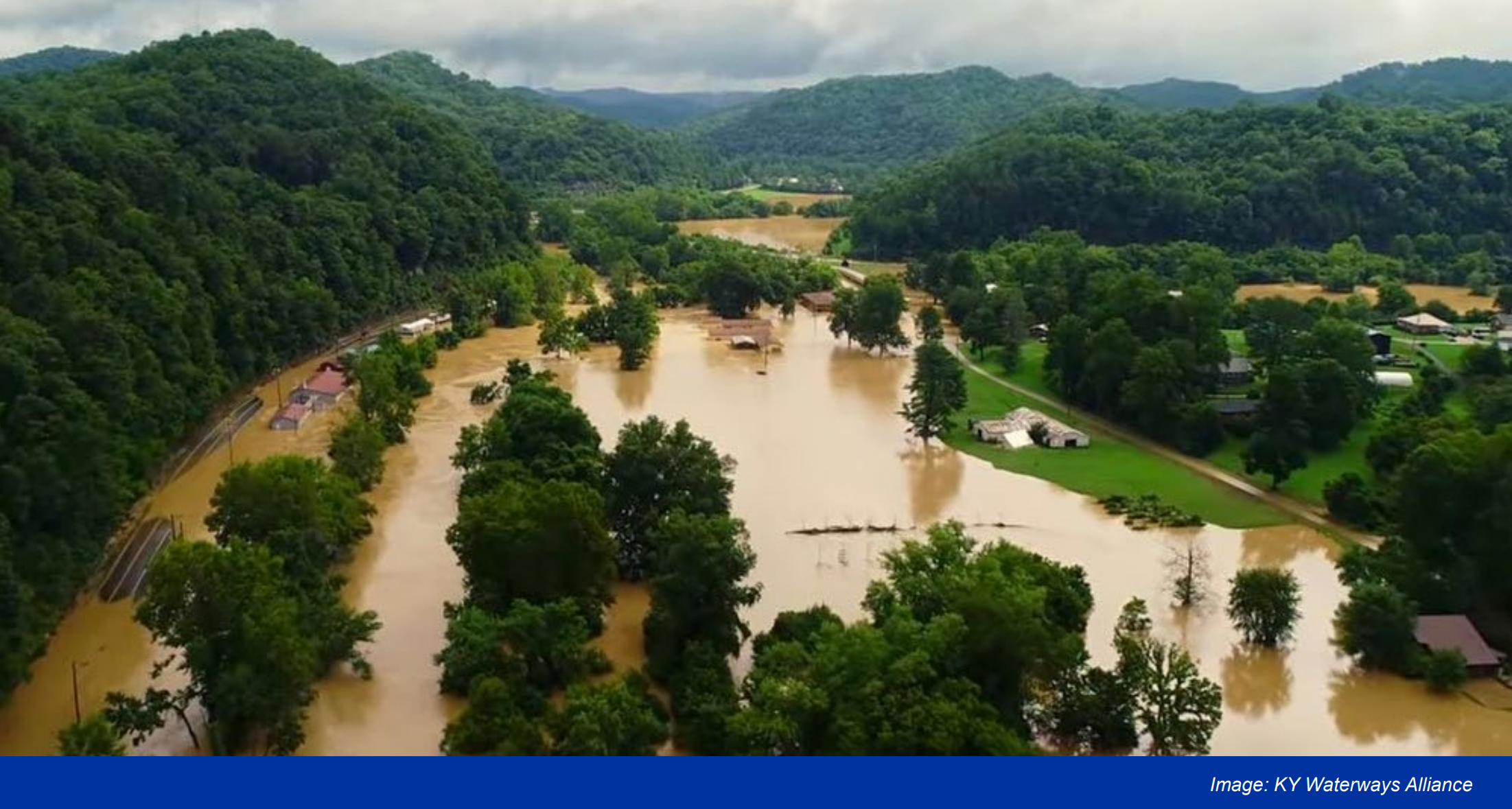
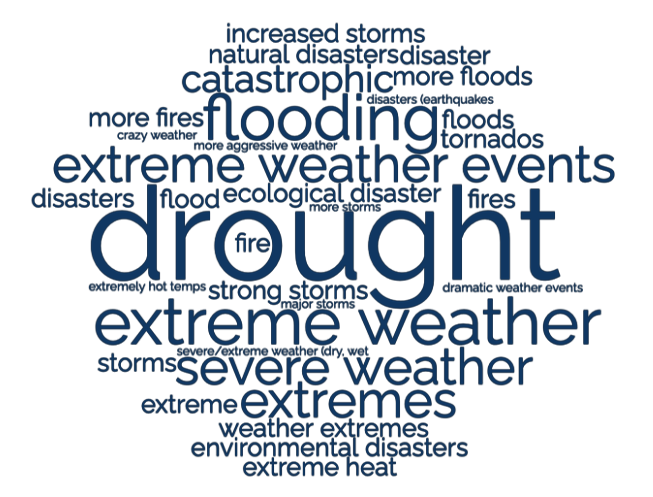
Climate and Extreme Weather Impacts
Our farmers are challenged by intensifying rainfall following flash droughts; our ecosystems are pressured by invasive species and varying severities of drought threatening biodiversity; our vulnerable populations are experiencing higher risks of health and infrastructure impacts; our communities are facing urban heat islands and flash flooding; our aging populations are facing the dangers of extreme temperatures; and our young people are experiencing climate-related anxiety and future uncertainty.
When asked in a 2023 survey about climate, our state extension agent participants created the word cloud seen to the left. The worlds appearing in the "cloud" indicate the first three words that came to mind when our participating agents heard the phrase "climate change". The larger the word, the more times it was identified.
It is evident that a changing climate comes with a wide range of challenges and sometimes disasters for many Kentuckians. That is why we must prioritize education, adaptation, and mitigation strategies - to help strengthen and protect our people and the natural resources we rely on.
The Basics: What is Climate Change?
Climate change refers to long-term shifts in average temperatures and weather patterns – and might best be described as climate variability. Most changes in recent years are caused by human activities, primarily due to the burning of fossil fuels like coal, oil and gas. Familiar phrases such as “the greenhouse effect” and “global warming” refer to what happens when fossil fuels are burned and generate greenhouse gas emissions that act like a blanket wrapped around the Earth, trapping the sun’s heat and raising temperatures.
The main greenhouse gases that cause climate change include carbon dioxide, nitrous oxide, and methane. These come from sources such as gas and coal emissions and from agriculture, land use, and industrial activities as well as from the cutting down of forests, which also release carbon dioxide. Energy, industry, transportation, infrastructure, agriculture, and land use changes are among the main sectors causing greenhouse gases (UN Climate Action).
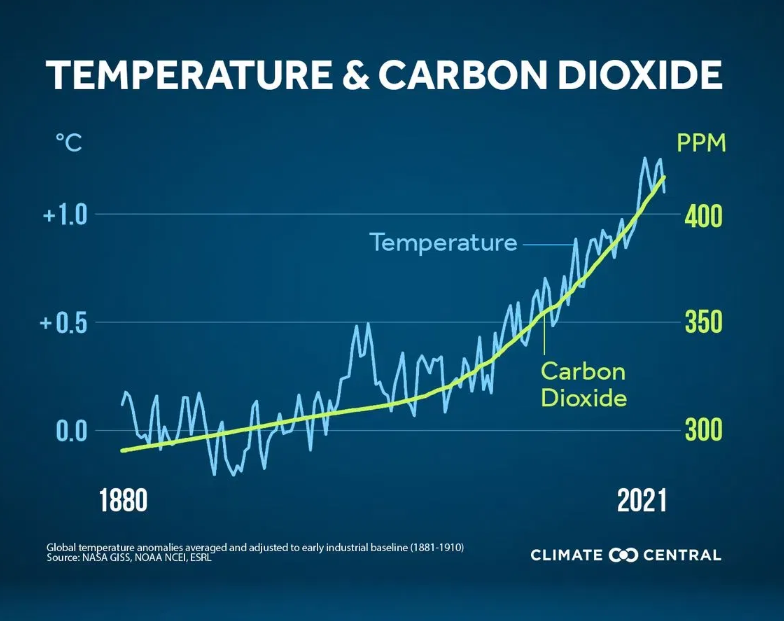
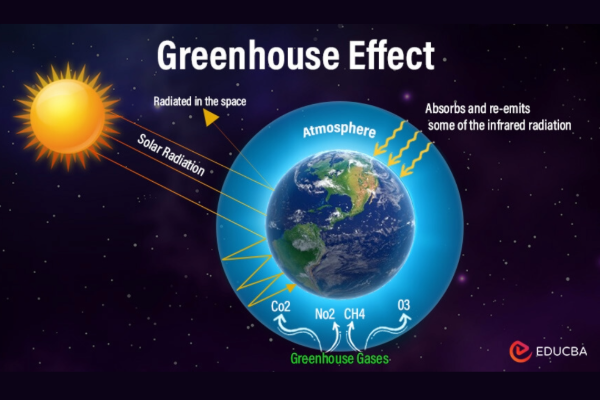
According to the Intergovernmental Panel on Climate Change (2023), human emissions of greenhouse gases to the atmosphere is the primary driver of climate change. Greenhouse gas concentrations in the atmosphere are continuing to rise as a result of unsustainable energy consumption, land use decisions, and lifestyle choices that are a side effect of development and increasing affluence of nations throughout the world.
Many efforts have occurred to curb the production of greenhouse gases through mitigation efforts, and work continues on adaptation to our changing climate. Barriers to increased adoption of mitigation and adaptation practices are often complex and further complicated by widespread misinformation and disinformation related to climate change. That is why we are particularly glad you are here - learning and educating your communities and sharing best practices for mitigating and adapting to climate change.
Global & National Impacts
The global climate crisis we are experiencing has extensive local and regional consequences. Human-induced climate change is impacting communities and ecosystems both globally and locally.
From intense droughts and severe fires to rising sea levels, flooding, melting polar ice, and catastrophic storms – the effects are wide and devastating to human health and the biodiversity of our planet and local communities.
We must make changes on the local, national, and global levels to see real and effective reversal of climate change - keep reading to explore ways to adapt to and mitigate climate impacts in your community.
Below is an overview of climate change risks to the U.S. as well as actions that can be taken to limit warming and reduce those risks.
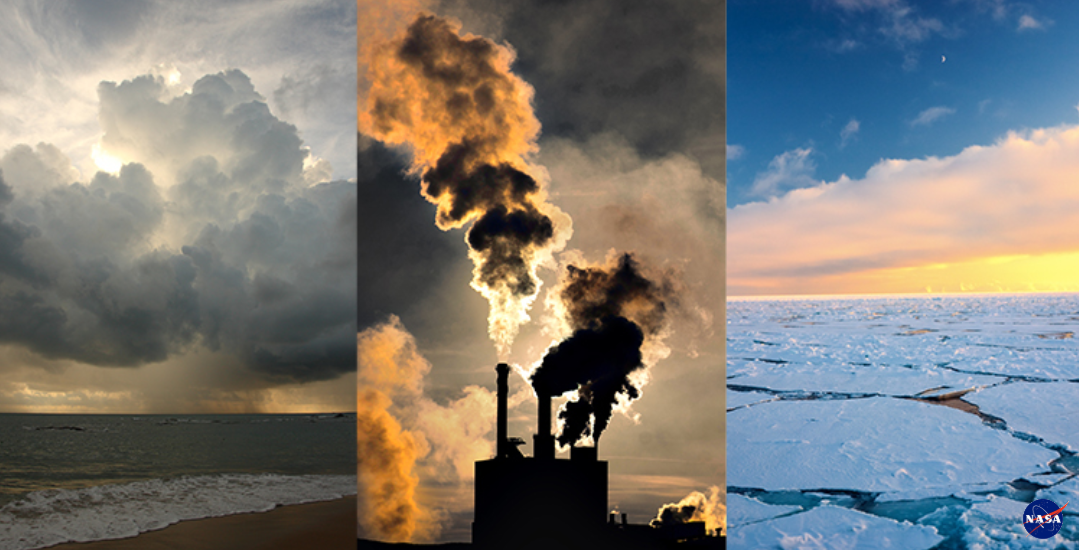
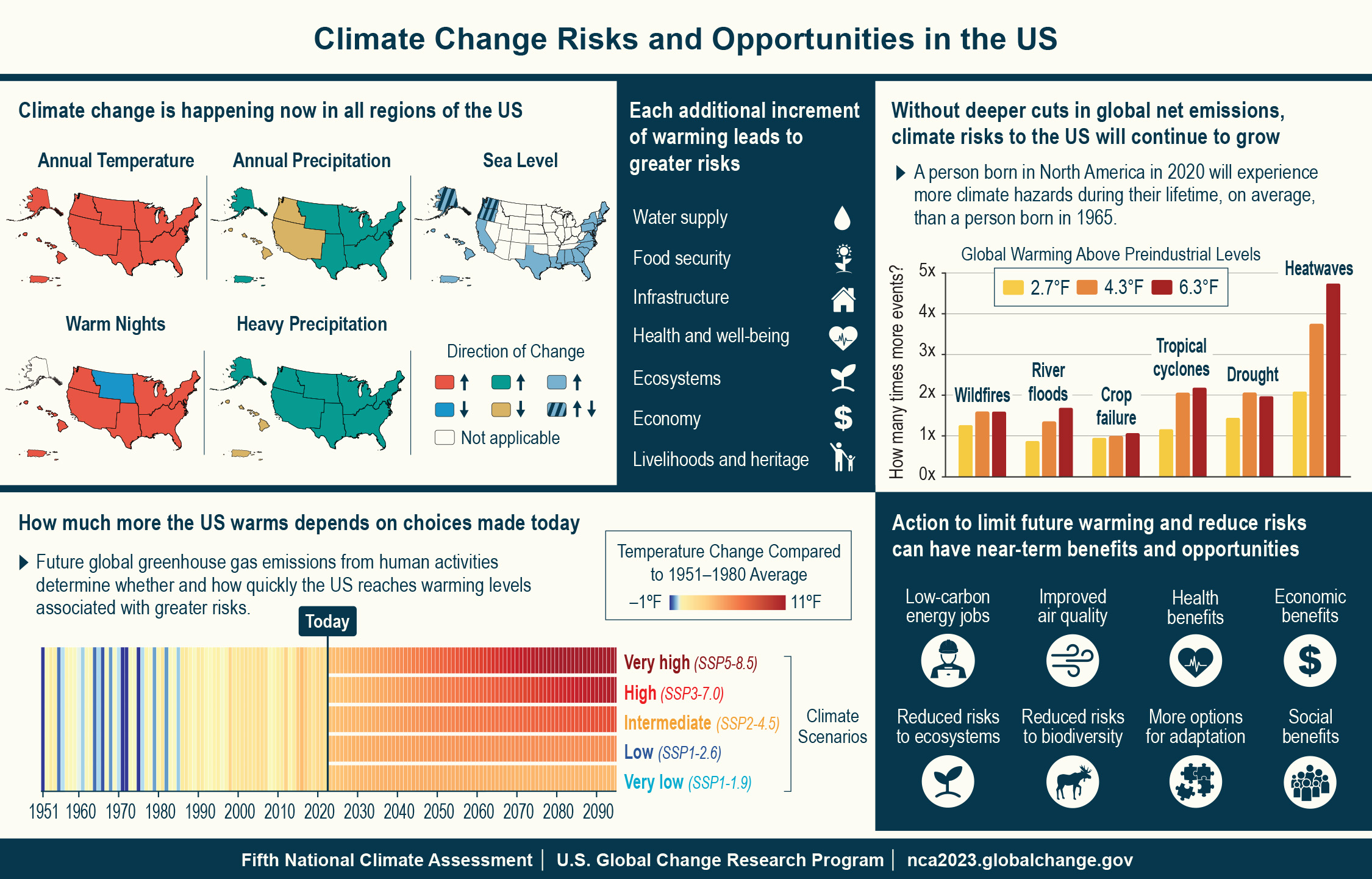
State of the Global Climate 2023 | World Meteorological Organization
The graphic to the right highlights some key messages from the State of the Global Climate 2023 World Meteorological Organization that highlight some of the current global climate issues we are facing. You can find the full report linked here.

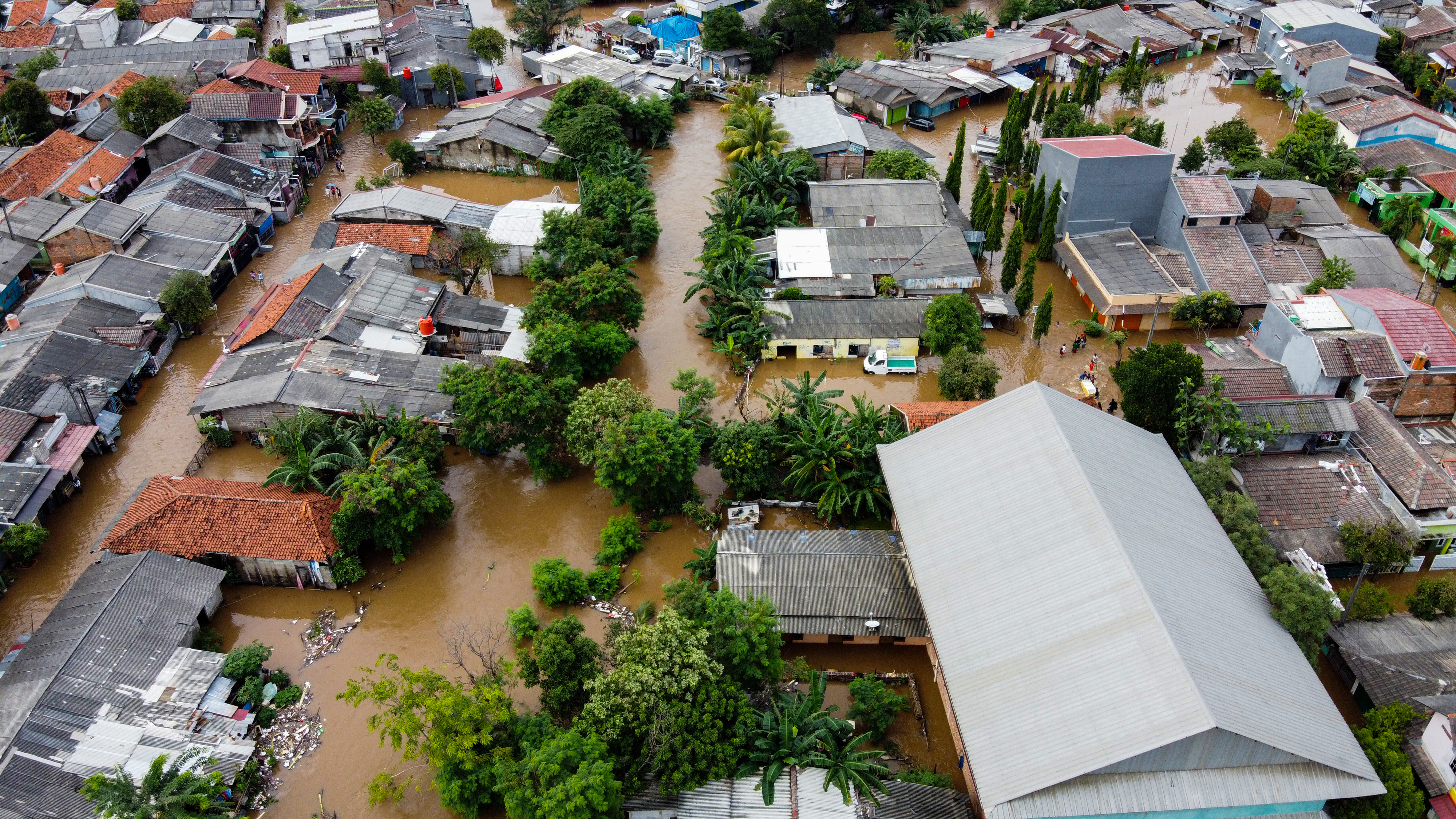

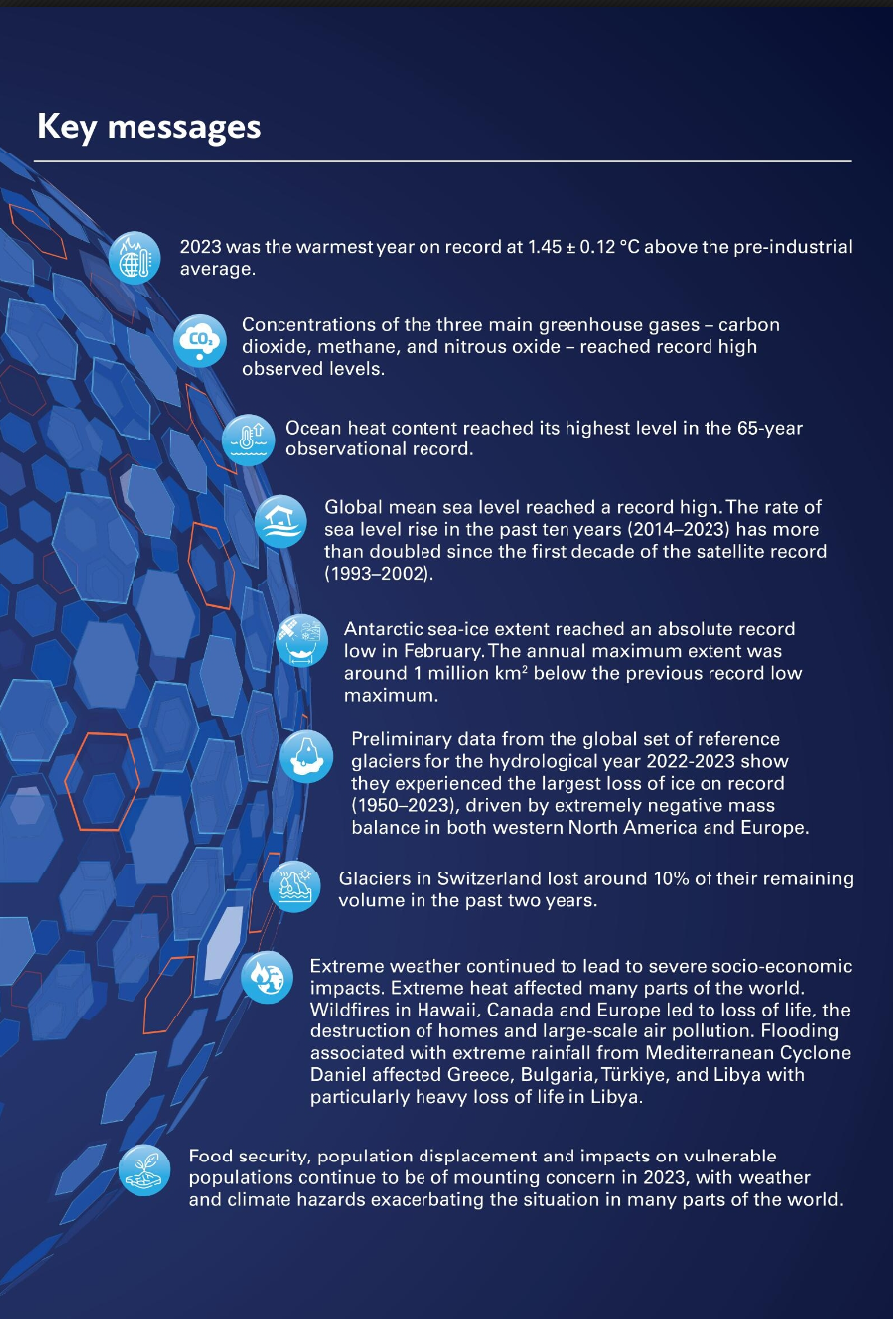
Key Weather Related Issues Related to Climate Change
-
Altered water cycle
-
Warmer and wetter
-
Periods of drought/flash drought
-
Increased frequency of high heat days
-
Changes in the growing season
-
Increased frequency of extreme weather events
-
Potential increased risk for disease and pests
